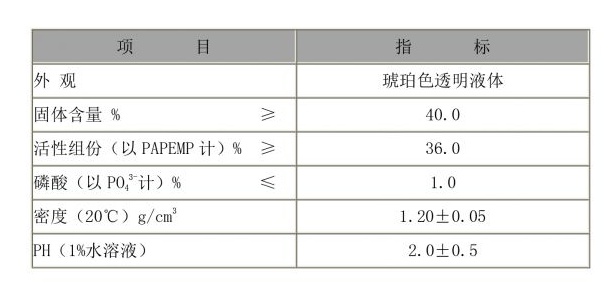Exploring the Benefits of Sodium HEDP in Water Treatment Applications
The Role and Importance of Sodium HEDP in Industrial Applications
Sodium HEDP, known scientifically as Sodium Hydroxyethylidene Diphosphonic Acid, is a phosphonate compound that plays a pivotal role in various industrial applications. Its unique properties help to mitigate scale and corrosion in water treatment processes, making it essential in diverse fields such as oil and gas, textile manufacturing, and even in the maintenance of cooling systems.
Understanding Sodium HEDP
Sodium HEDP is a derivative of the diphosphonic acid family, characterized by its high efficiency in inhibiting scale formation and corrosion. The compound is water-soluble, which facilitates its integration into various aqueous systems. The efficacy of sodium HEDP stems from its ability to form stable complexes with metal ions, such as calcium and magnesium. This property not only prevents the precipitation of these ions but also extends the lifespan of equipment by reducing corrosion.
Applications in Water Treatment
One of the primary applications of sodium HEDP is in the water treatment industry. Its scale and corrosion-inhibiting properties make it an ideal agent for cooling water systems, boilers, and even oilfield water injection systems. In cooling towers, for instance, the presence of calcium and magnesium can lead to deposit formation, which reduces efficiency and increases energy costs. The incorporation of sodium HEDP in these systems helps to bind or sequester these ions, preventing scale formation and enhancing operational efficiency.
Moreover, sodium HEDP is utilized in the formulation of various cleaning agents for industrial and household purposes. Its capability to prevent the build-up of scale and rust makes it an essential component in products designed for cleaning metal surfaces, water pipes, and even kitchen appliances.
Benefits of Using Sodium HEDP
The application of sodium HEDP offers numerous benefits
1. Cost-Effectiveness By preventing scale and corrosion, sodium HEDP reduces the need for costly maintenance and repairs in industrial equipment.
sodium hedp 钠hedp

2. Extended Equipment Life Incorporating sodium HEDP into water treatment systems leads to enhanced durability and longevity of machinery, as it minimizes the wear and tear caused by corrosive agents.
3. Environmental Considerations Sodium HEDP is often chosen over traditional phosphates, as it is considered more environmentally friendly. It effectively inhibits scale formation without contributing to eutrophication, a significant environmental concern associated with phosphate-rich effluents.
4. Versatility Beyond water treatment, sodium HEDP finds applications in other areas such as agriculture, where it can be used as a nutrient for specific crops, ensuring optimal growth conditions.
Challenges and Safety Considerations
While sodium HEDP is widely used, it is essential to handle it with care. As with many chemical compounds, there may be health risks associated with exposure. Proper personal protective equipment (PPE) should be worn when handling sodium HEDP, and safety data sheets must be consulted prior to use. Additionally, those utilizing sodium HEDP in formulations must be aware of regulatory standards governing its use in various regions.
Future Trends
The demand for sodium HEDP is likely to grow as industries increasingly recognize the importance of sustainable practices. With the global push towards reducing water usage and improving efficiency, the role of sodium HEDP in water treatment will likely expand. Innovations in its application, such as in nanotechnology and advanced cleaning solutions, may open new markets and improve efficiencies across various sectors.
Conclusion
In summary, sodium HEDP stands out as a crucial component in modern industrial applications, particularly in water treatment. Its ability to inhibit scale and corrosion contributes significantly to operational efficiency, equipment longevity, and environmental stewardship. As industries move towards more sustainable practices, the relevance of sodium HEDP is expected to increase, reinforcing its role as a key player in the chemically driven sectors of the modern world. The challenges associated with safety and regulation will need to be managed, but the benefits far outweigh these concerns, making sodium HEDP a vital asset in industrial formulations.
-
Pbtc Scale InhibitorPBTC: A Scale Protector for Industrial Water TreatmentNewsAug.05,2025
-
Organic Phosphonate: An Efficient Defender in the Field of Scale InhibitionNewsAug.05,2025
-
Hydrolyzed Polymaleic Anhydride: Green Pioneer in Scale Inhibition FieldNewsAug.05,2025
-
PAPEMP Polyamino Polyether Methylene Phosphonic Acid For SaleNewsAug.05,2025
-
Flocculant Water Treatment: A Pioneer in Purification in the Field of Water TreatmentNewsAug.05,2025
-
Benzyl Isothiazolinone: An Efficient and Broad-Spectrum Antibacterial Protective GuardNewsAug.05,2025





